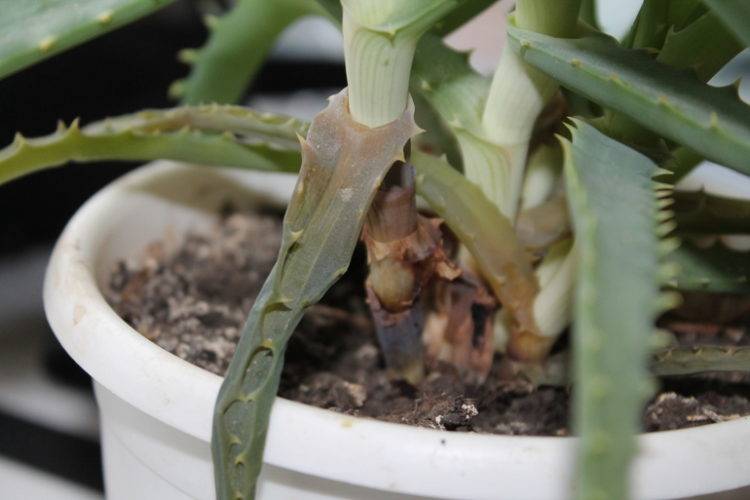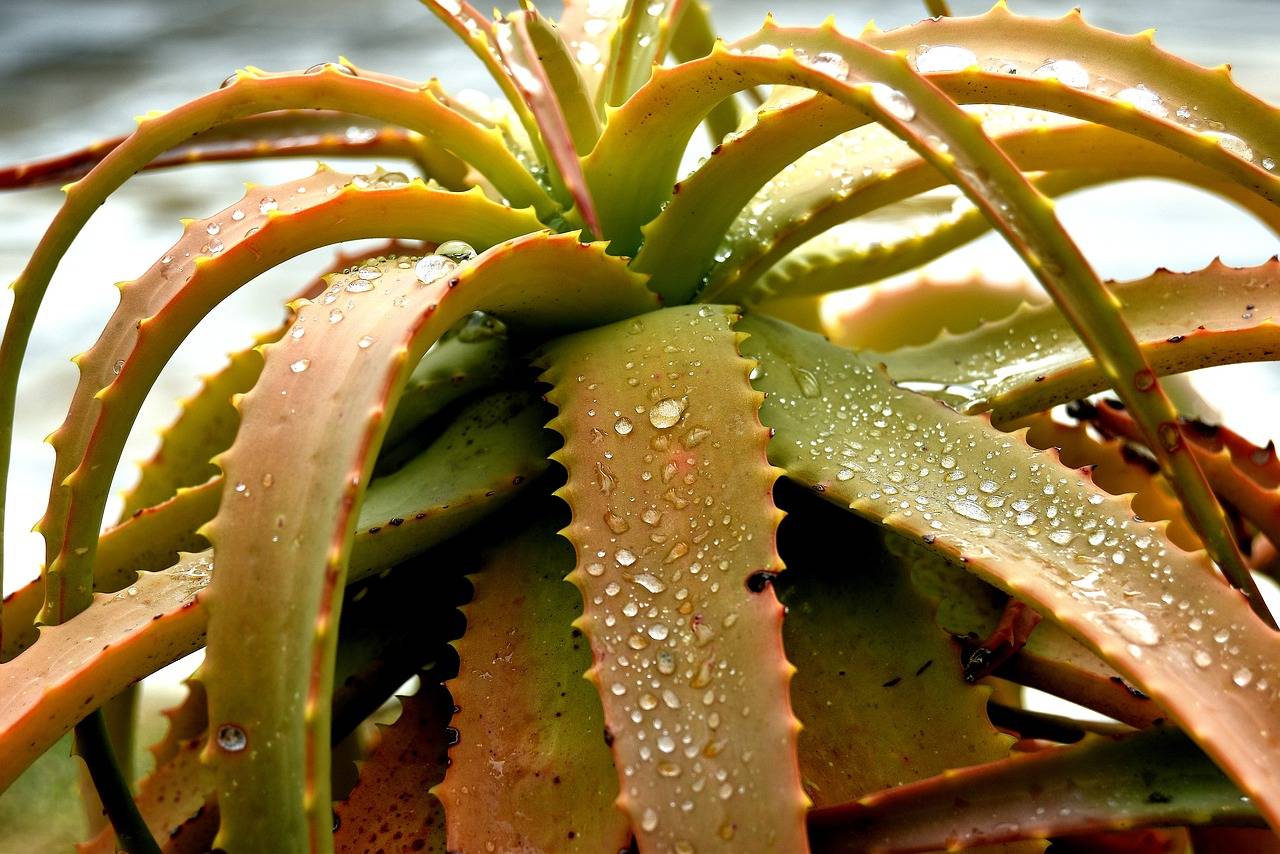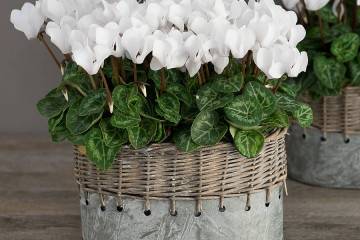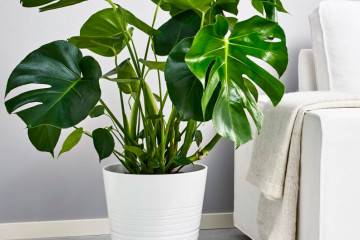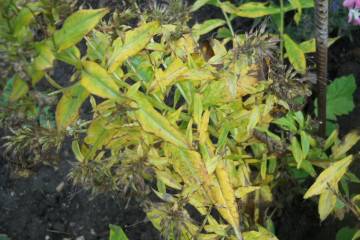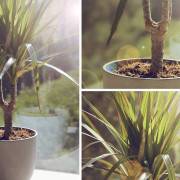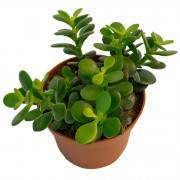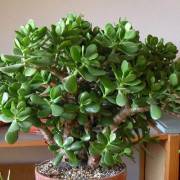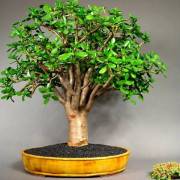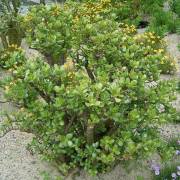Why do aloe leaves turn yellow and leaf tips dry?
Content:
- Is it possible to save a dying aloe
- Improper care of aloe as one of the causes of dry leaf tips
- Aloe vera diseases affecting leaf health
- Aloe pests as a cause of yellowing and drying of leaves
- What to do with root problems
- How to reanimate a completely dried plant
- How to care for a plant so that there are no problems
Valuable medicinal qualities and general unpretentiousness are the main reason for the popularity of aloe (another name popular in Russia and the CIS countries is agave). However, this succulent is also susceptible to various diseases. Unfortunately, they cannot always be found on time. In some cases, aloe can be painlessly restored with the help of special care and treatment, but sometimes it can only be thrown away. How to save aloe with yellowed and shriveled leaves? Before embarking on active actions, it is worth determining the cause of the disease and assessing the flower's chances of recovery.
Is it possible to save a dying aloe
The likelihood of a sick aloe recovery depends on the causes of his illness.
To determine the causes of the death of aloe, carry out the following actions:
- A close examination of the condition of the stems, leaves and roots of aloe. The root system should be examined first. Most often, the disease affects the roots of the plant.
- Verification for parasites. Pests can be indicated by yellow, brown or reddish spots, stunted growth, drying out of any part of the plant, colored bloom, spider webs and dirt.
- Checking for compliance with the conditions. Any violation of the rules for keeping a houseplant can result in the death of the flower. The following factors affect the health of aloe: air temperature and humidity, light level, composition and moisture content of the soil, frequency of watering and dressing, pot size.
A disease detected at an early stage can be cured with the right care.
General tips for plant conservation:
- Elimination of organic fertilizing. Such fertilizers can cause rotting of the plant, therefore it is worth abandoning them in favor of special dressings with the designation "for succulents".
- Replacement of the growing tank. The pot must be selected strictly in size: the lack of space for the roots will lead to drying out, and the excess will lead to decay. Leaves growing strictly on top indicate insufficient depth of the pot. Spreading out in different directions is a sign of a too narrow pot. The containers in which the diseased flowers were located are not suitable for further use.
- Increasing the interval between water treatments. Since excess liquid contributes to the development of parasites and fungi, all watering procedures should be performed exclusively after the earthen coma at the root has completely dried.
- Change of location. It is important to exclude drafts and low temperatures.
- Changes in fluid quality and temperature. Cold untreated water can cause irreparable damage to the flower. For water procedures, it is recommended to use settled liquid at a temperature comfortable for the plant.
How to save a plant
A plant affected by non-compliance with the rules of care or disease can be rescued by transplanting. If the roots, stems and leaves of the flower remain intact, just rinse the aloe with plenty of warm water, dry it and transplant it into a new pot.
If the flower has frostbitten or dried dead roots, they must be carefully cut off.They will no longer come to life, but they can become a source of new problems. The same rule applies to dry or parasitized leaves.
Improper care of aloe as one of the causes of dry leaf tips
The main reason for the drying out of aloe leaves lies in non-compliance with the rules of care. There is no single solution to this problem. It is possible to determine why the leaves of aloe turn yellow and the tips of the leaves dry by the appearance of the crown and roots. It is necessary to select treatment based on the probable causes of the onset of ailments.
The lower leaves were spotted at the base and fell off
This dangerous symptom indicates the last stage of rot infestation.
If black spots appear on the leaves on the aloe, then the lower part of the plant, hidden from the eyes, is already completely damaged by the fungus. The only way to prolong the life of a flower is to completely remove the rotten parts and transplant into new, healthy soil.
The faster this happens, the greater the chances of saving the succulent. To avoid such situations in the future, you need to carefully follow the recommendations for watering aloe.
Leaves turn red
Aloe leaf can turn red as a result of prolonged exposure to direct sunlight. If you move the plant pot to a less lit place, the aloe will heal its burns on its own.
The lower leaves turn yellow
The yellowness of the green cover is a common and very dangerous symptom. Many gardeners are interested in the question - why do the leaves of aloe turn yellow and what to do about it? The appearance of spots of this color on the leaves located at the base indicates a malfunction in the root system. Too narrow and shallow pot, improper feeding and excessive moisture in winter can lead to root damage.
Aloe leaves are soft
Soft lower leaves are the norm. If the rest of the aloe leaves also become less firm, you need to look for the cause of this dangerous symptom.
Reasons for changing the structure of succulent leaves:
- non-compliance with watering rules - too frequent or rare moisture;
- sunburn;
- frostbite - this is indicated not only by the softness of the leaf, but also by its blackening.
Aloe leaves curl
There are four main reasons:
- Rot in the root system of the flower. The plant has already begun to disappear. In this case, the plant needs disinfection and an emergency transplant. The transplant process is detailed below. Another symptom of this disease is black spots at the very base of the plant trunk.
- Dust accumulation. The leaves of this plant must be regularly sprayed and wiped.
- High temperature and dry air. It is solved by additional watering, spraying or changing rooms.
- Insufficient moisture. In the early stages, the plant can be healed by increasing the amount of watering. If the roots have already suffered from lack of water, they will have to be reanimated. The recovery method is described below.
The tips of the leaves have turned yellowish
With a lack of nutrients, the leaves of aloe begin to gradually turn yellow. This may be due to a lack of timely transplantation or feeding. In particular, a yellow color indicates a lack of potassium.
Aloe vera diseases affecting leaf health
The reason why aloe turns yellow may be succulent disease. Aloe is a sturdy and unpretentious plant. It very rarely gets sick, but all aloe diseases develop very quickly. If an ailment is detected, you need to act as quickly as possible. Consider the main diseases of aloe.
Putrefaction
The most common disease of all succulents is rotting. First of all, it affects the root part of the plant, then its stem.Thus, the decay process goes to the leaves and completely destroys the flower.
Causes of occurrence:
- frequent and abundant watering;
- no holes in the bottom of the pot;
- insufficient looseness of the soil;
- lack of a drainage layer;
- the pot is too large.
A disease detected in time is treated by removing the roots and transplanting the plant into a new pot.
Dry rot
A more dangerous ailment that destroys the roots and crown of aloe in record time.
This disease is caused by the fungus Fusarium. It attacks the entire plant from the inside. Changes in the appearance of foliage occur already at the last stage of the development of the disease. Dry rot is rarely treatable.
Aloe pests as a cause of yellowing and drying of leaves
Drying and yellowing of the green part of the aloe can also be a symptom of pest infestation. In order to determine the presence of a dangerous "neighbor", it is necessary to carefully examine the plant. We must not forget that many diseases proceed in a closed form.
If yellow and dry leaves appear on the aloe, it can be infested with the following pests:
- The spider mite is a small parasite that is almost invisible to the human eye. It is treated with acaricides, garlic and alcohol tinctures. Other symptoms are pallor or redness of the cover.
- Mealybug is the least dangerous pest. It appears as yellow or black spots. It can be easily removed with alcohol or vinegar based solutions. The main prevention of mealybug is the timely moistening of the soil of the plant and the air in the house.
- False thyroid gland - disrupts the process of photosynthesis of aloe and leads to the complete drying out of the plant. It is treated with special drugs.
What to do with root problems
Diseases affecting the health of the aloe root system are considered especially dangerous. The main danger lies in the difficulty of determining the deterioration of the condition of the roots.
Signs by which you can determine rotting or drying out of the roots:
- unpleasant odors;
- dry stem;
- strong exposure of the trunk;
- slowdown or complete cessation of growth;
- sluggish leaves;
- thinning of the lower part of the trunk is scarlet.
To restore aloe with damaged roots, you will need a new soil and a pot - the old ones are already infected with the fungus. The roots of the agave are cleaned of the earth, washed and dried. The areas affected by rot are removed, and the cut sites are treated with a disinfectant. After this procedure, the flower is placed in a new pot.
How to reanimate a completely dried plant
Aloe, badly damaged by lack of water, can still be salvaged. The roots of a dried domestic flower are already dead and cannot be restored, so the only way to resuscitate is to grow new roots.
Many are lost when they notice that the aloe is drying up. How to transplant and restore a plant? More diligent watering will not only not help the succulent, but will aggravate the course of the disease. The first thing to do for this is to completely separate the upper part of the flower from the root system. Dried leaves are also removed. The top of the aloe is carefully cut with a sharp knife, processed and placed in new soil. After a while, new roots should appear.
How to care for a plant so that there are no problems
The correct content of aloe is the key to the health of a houseplant. Most diseases of this flower can be prevented with the right care.
Basic care is as follows:
- Choosing a place for a flower.Homemade scarlet loves bright sunlight and heat. The best option would be to place the plant pot on the southern windowsill. It is important to monitor the absence of drafts in the room. If your home does not have well-lit windows, you can purchase a special plant lamp.
- Pot selection. For growing an agave, both a plastic and an earthen pot with holes for draining the water are suitable. To determine the correct container size, you need to measure the diameter of the aloe crown. The diameter of the pot should be about half the size.
- Soil selection. Aloe can grow in soil with any composition other than peat. On request, in specialized stores, you can purchase land intended for succulents. Another option is to mix the soil yourself. To do this, you need to take sand, humus and leafy earth in equal proportions.
- Watering. Like other succulents, aloe is watered only after the soil is almost completely dry, otherwise it may rot. In winter, the interval between waterings is increased.
- Transfer. You need to transplant the plant into a new pot once a year. For aloe over five years old, a transplant is needed much less often - once every three to four years.
- Top dressing. Aloe needs regular feeding during the warm season - spring and summer. Any fertilizer designed specifically for succulents is suitable for this. Fertilizer is used only in the evening, immediately after abundant watering - this way you can avoid scalding the roots. Aloe should not be fed after transplant, during hibernation or illness. When choosing a fertilizer, you should pay attention to its composition. It must contain such elements useful for succulent as calcium, nitrogen, phosphorus and potassium. A withered and yellowed bush may indicate a lack of the last element.
Aloe succulent is a beautiful and unpretentious plant that adapts well to both outdoor and home conditions. It is important to know that it reacts very sensitively to inappropriate watering, lighting and other important factors. The main reason for the unhealthy appearance of a flower is non-compliance with the conditions for caring for the plant.
The main prevention of aloe diseases is regular inspection of the plant. If the flower begins to dry out, wither, acquire an unusual dark shade, or other changes in the appearance of the succulent occur, aloe should be treated as soon as possible.

